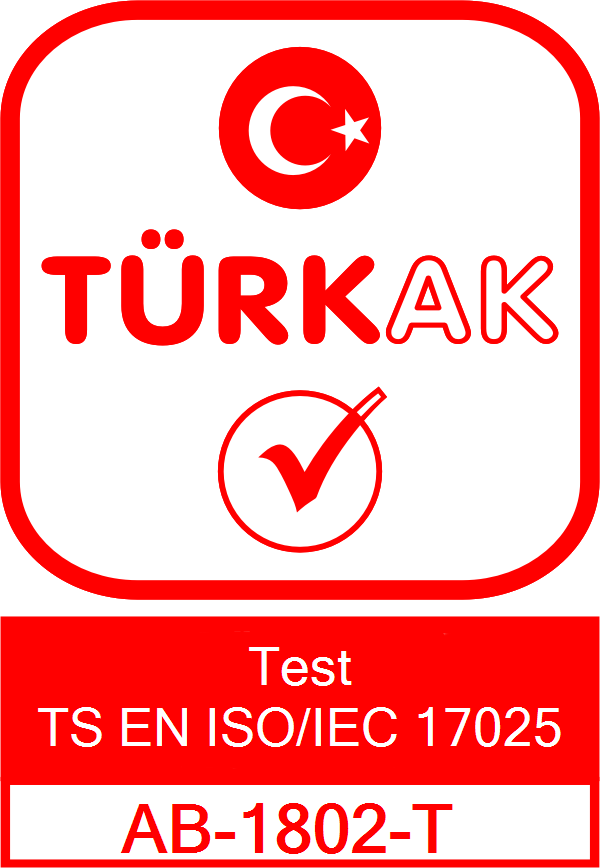Determination of Ethylene Oxide Residue
Ethylene Oxide (C₂H₄O) Residual Analysis – TS EN ISO 10993-7 Annex B
1. What is Ethylene Oxide Residual Analysis?
Ethylene oxide residual analysis is performed to determine the remaining levels of ethylene oxide (EO) and its toxic by-products such as ethylene chlorohydrin (ECH) and ethylene glycol (EG) after sterilization of medical devices.
This procedure is defined in TS EN ISO 10993-7 Annex B, and it is mandatory for devices with patient contact.
2. Why is Ethylene Oxide Hazardous?
-
Classified as carcinogenic and mutagenic (IARC Group 1).
-
Causes irritation on respiratory system, eyes, and skin.
-
Residual EO, ECH, or EG on medical devices can lead to serious toxicity in patients.
3. Limit Values According to ISO 10993-7 Annex B
| Device Contact Type | EO Residual Limit (mg/day) | ECH Residual Limit (mg/day) |
|---|---|---|
| Short-term contact (<24 h) | ≤ 4 mg | ≤ 9 mg |
| Long-term contact (>24 h) | ≤ 2 mg | ≤ 4 mg |
| Implantable device | ≤ 0.1 mg | ≤ 0.5 mg |
4. Test Procedure for EO Residual Analysis
Step 1: Sample Preparation
-
Devices are aerated after sterilization.
-
Sample size determined based on surface area or volume.
Step 2: Extraction
-
Samples are extracted with suitable solvent in sealed vials.
Step 3: Gas Chromatography (GC-FID or GC-MS)
-
Column: PEG / DB-Wax capillary
-
Detector: FID or Mass Spectrometry
-
Calibration using EO, ECH, EG standards
Step 4: Calculation
5. Importance of EO Residual Testing
-
Ensures post-sterilization safety
-
Required for CE marking, FDA approval, and ISO 13485 compliance
-
Prevents toxic exposure in patients
-
Essential for sterilization validation and requalification
6. TTS Laboratory Services
At TTS Laboratory Services, we offer EO residual analysis according to TS EN ISO 10993-7 Annex B using validated GC-FID / GC-MS methods.
-
EO, ECH, EG quantification
-
Sterilization validation support
-
Toxicological risk assessment
-
ISO/IEC 17025-compliant reporting

